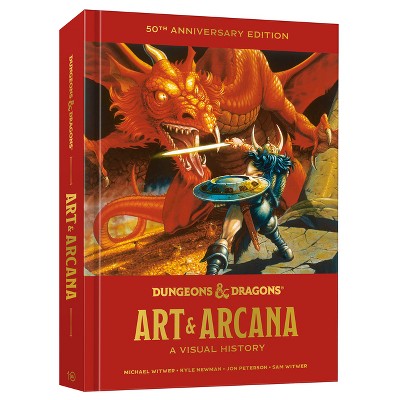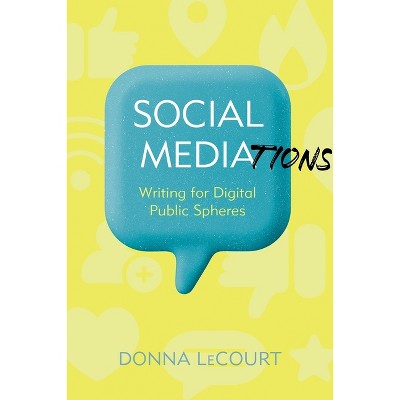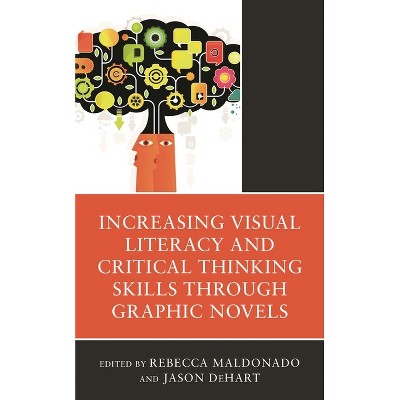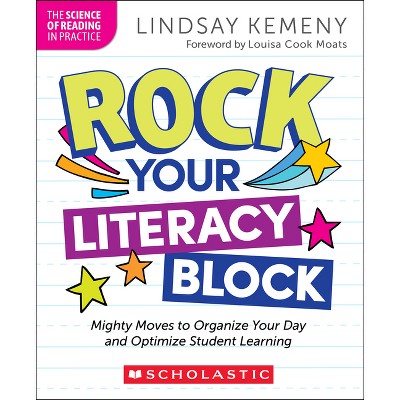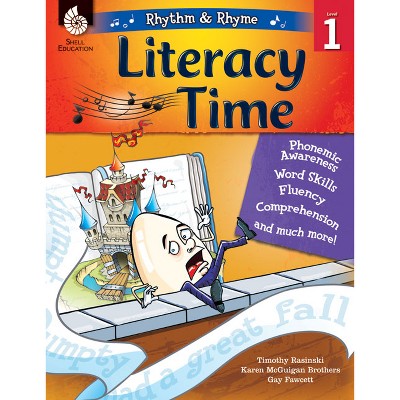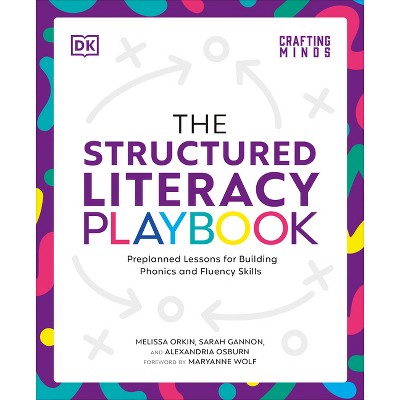About this item
Highlights
- The book explains how and why visual literacy can help improve learning for all students.
- About the Author: Mark Newman is Professor of Social Studies Education at National College of Education, National Louis University.
- 198 Pages
- Education, Teaching Methods & Materials
Description
About the Book
The book explains how and why visual literacy can help improve learning for all students. It defines visual literacy and discusses how it works. It shows how the subjective, incomplete nature of visuals can be used to advantage in the classroom. Visual Literacy provides an arr...Book Synopsis
The book explains how and why visual literacy can help improve learning for all students. It defines visual literacy and discusses how it works. It shows how the subjective, incomplete nature of visuals can be used to advantage in the classroom. Visual Literacy provides an array of classroom strategies and activities.Review Quotes
Highly Recommended: [Newman and Ogle] connect their passion for the humanities with research on language and literacy to provide a comprehensive examination of visual literacy. They outline visual literacy from its foundation to strategies for content by providing examples from research and classroom instruction. Teachers are connected to the study of visuals to improve students' ability to read and understand the meaning of visual documents. Visual learning resources, including graphic organizers and web-based tools such as apps, are highlighted for their ability to increase inquiry-based learning in the content areas, especially science and history. Through multimodal presentations, the authors argue, students can create their own messages and texts and develop a deep, analytical level of thinking. The final chapter explores the three principles of the universal design for learning framework (UDL); they reinforce the need for visuals in scaffolding learning and designing curriculum that engages all learners. This great resource is not only for teachers looking to strengthen visual literacy pedagogy but also for all individuals looking to build this competency for themselves.
Newman and Ogle's new book on Visual Literacy is just what the field has been missing for many years. It explores the vast subject area of visual literacy then clearly breaks down information to important and concise areas of study. The text would serve a variety of audiences well from educators, students, diverse populations as well as the general public. Due to our never ending input of visual images this text has current applications in many settings. The narrative is approachable for many readers. It informs all audiences in step by step analysis and information. I highly recommend this important book.
Visual images can convey powerful messages, often including cultural values and persuasive elements. Students have to be taught to analyze, understand, and critique the visual information that surrounds them every day. Failing to do so places them at risk for school failure, and even manipulation, in our highly visual and complex world. Ogle and Newman provide a path for teachers that guides efforts to broaden students' literacy learning to include the vast array visual content.
About the Author
Mark Newman is Professor of Social Studies Education at National College of Education, National Louis University. He has a Ph.D. in History from UCLA and has written articles and books, and edited journals on primary sources, geography, and visual culture. Newman was co-director on five National Endowment for the Humanities grants and director of a Library of Congress Teaching with Primary Sources project.
Donna Ogle is Professor Emeritus of Language and Literacy at National College of Education, National Louis University. Her research and school-based work focuses around reading and learning with informational texts in content areas. Donna has served as President of the International Reading (now Literacy) Association, is a member of the ILA Research Panel, and consultant to the Terra Foundation for American Art Project using art in integrated instructional units.
Shipping details
Return details
Trending Non-Fiction





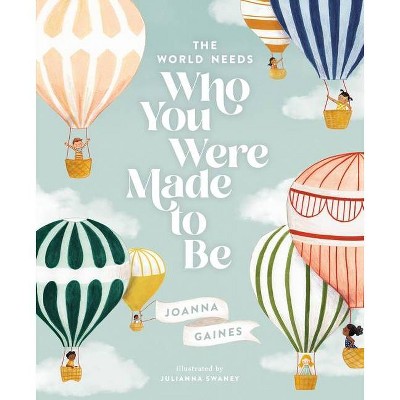
Discover more options
